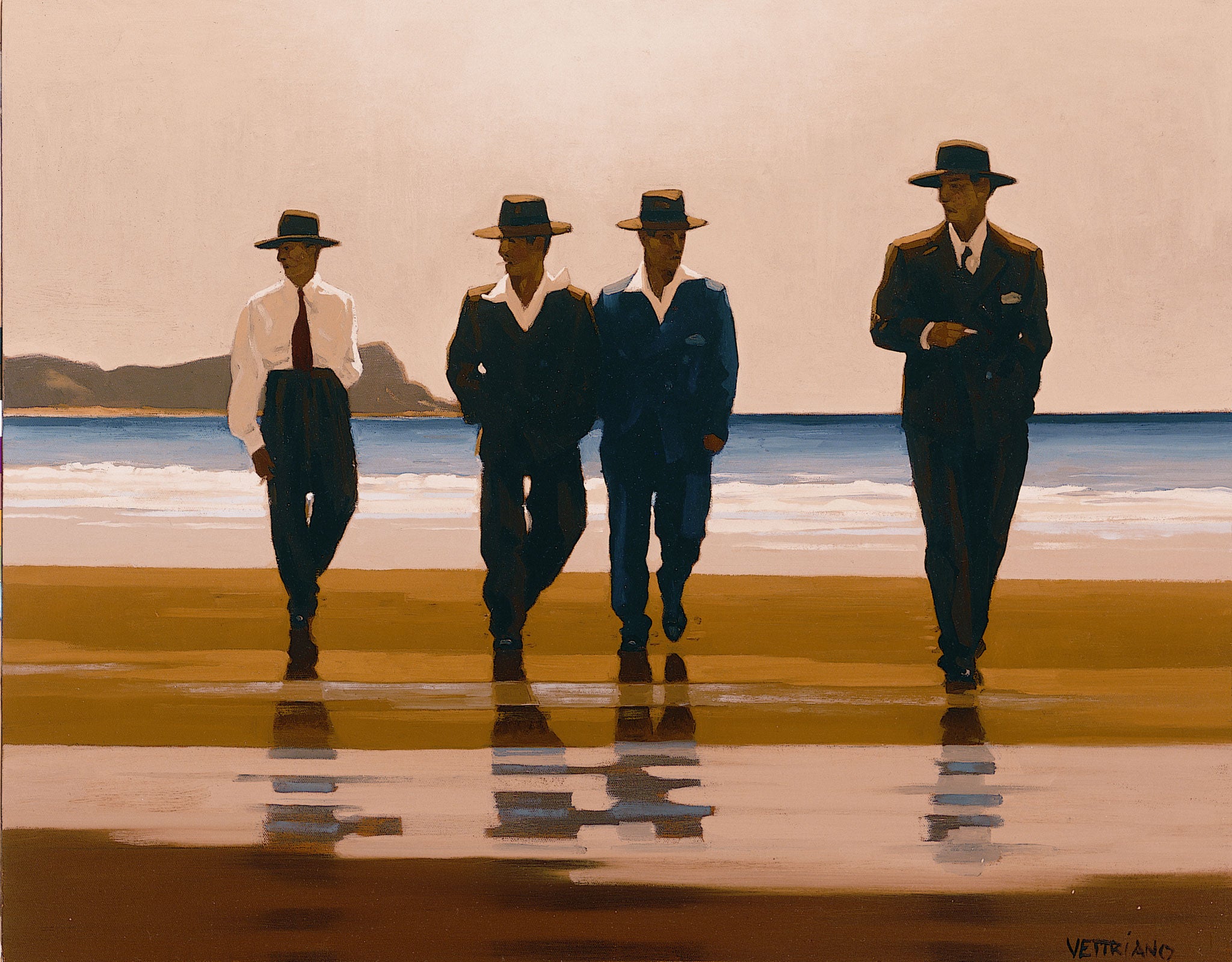Art review: Jack Vettriano - A Retrospective
A DIY show of dead eyes and decoys

Your support helps us to tell the story
From reproductive rights to climate change to Big Tech, The Independent is on the ground when the story is developing. Whether it's investigating the financials of Elon Musk's pro-Trump PAC or producing our latest documentary, 'The A Word', which shines a light on the American women fighting for reproductive rights, we know how important it is to parse out the facts from the messaging.
At such a critical moment in US history, we need reporters on the ground. Your donation allows us to keep sending journalists to speak to both sides of the story.
The Independent is trusted by Americans across the entire political spectrum. And unlike many other quality news outlets, we choose not to lock Americans out of our reporting and analysis with paywalls. We believe quality journalism should be available to everyone, paid for by those who can afford it.
Your support makes all the difference.It is a disconcerting experience to see so many different Jack Vettriano paintings at one time. In a gallery. We are more used to seeing a couple of his best-known images – the servants with brollies and waltzing couples – in WH Smith, on cards, notelets, mugs and calendars. In Glasgow's grand Victorian culture palace, "The Singing Butler" et al are present and correct – and all but indistinguishable from their dentist's waiting room counterparts.
Over the 20 painting years celebrated in this exhibition, the self-taught Vettriano has certainly improved. In fact, "The Singing Butler", his greatest hit, is an apprentice piece, one of a series in which he deploys a series of decoys (gloves, hats, back views and profiles) to hide the fact that his anatomy is DIY and he can't do eyes.
Others from that period hint frustratingly at forks in the road he chose not to explore. "Evening Races", a group of knowing chaps gathered at the gee-gees, shows a willingness to tell a story without spelling out every syllable. "How the Web Is Woven", also from 1992, is painted in a collage style. It explores his familiar territory of lust and rivalry without placing his subjects beside a window, on a beach or in a cocktail bar.
Self-portraits are a strength and here, among the dead-eyed femmes fatales and classic cars, is Jack in a pigment-spattered sweatshirt, and in one of the dead men's suits he favoured at the start of his career. He can paint himself with an honest eye that deserts him when confronted with a woman in her pants. Creased and crumpled, smelling of Old Holborn and linseed oil, the self portraits have a depth that is notably lacking from the catalogue models who populate the majority of his work.
It doesn't have to be that way. "Only The Deepest Red II", a small oil from 2001, is a woman sitting on her bed applying lipstick. No champagne, no smouldering cigarette, no come hither agenda; unlike the sexy pieces, there is intimacy. In "Scorched", painted last year, a woman in a one-piece swimsuit dozes on a suggestion of sand. No setup, no narrative, no display. No butler faffing around with an umbrella.
Neither of these, however, was visible in the gift shop.
To 23 February (0141 276 9599)
Join our commenting forum
Join thought-provoking conversations, follow other Independent readers and see their replies
Comments